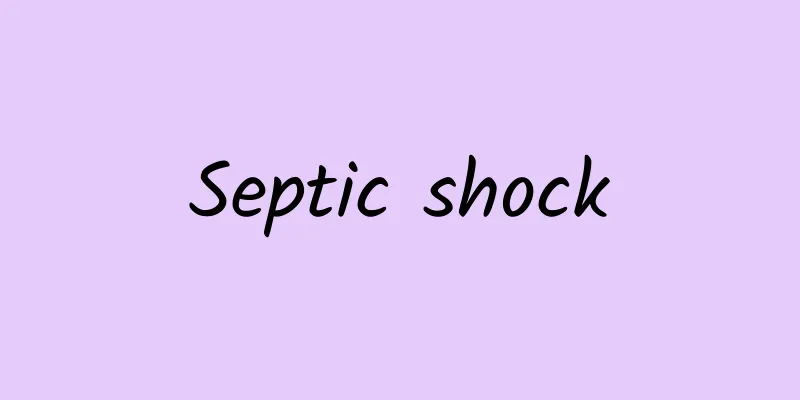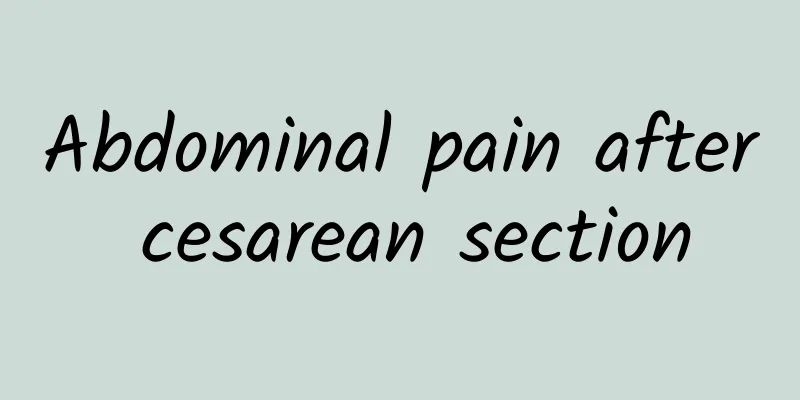Septic shock

|
Sepsis is a disease with a relatively high incidence rate among people with large wounds. It is mainly caused by infection due to failure to promptly treat inflammation after the wound occurs. Sepsis can cause a variety of symptoms, shock being one of them, and it is also a relatively dangerous symptom. To avoid this dangerous situation, sepsis must be treated actively. So, what are the methods for treating sepsis? 1. Early resuscitation For patients with severe sepsis who have hypotension or elevated blood lactate, resuscitation should be started immediately, using crystalloid or colloid fluids for volume expansion therapy. The goal of volume therapy is to achieve a central venous pressure of 8 to 12 mmHg and an hourly urine output of more than 0.5 ml/(kg·h). If necessary, give intravenous drip of norepinephrine, dopamine, etc., and place an arterial pressure measuring tube to maintain the mean arterial pressure above 65 mmHg and the mixed venous oxygen saturation above 65%. Patients with septic shock who do not respond to volume expansion and vasoactive drug therapy can be given low-dose hydrocortisone (≤ 300 mg/d) by intravenous drip. 2. Application of Antimicrobial Drugs Administer antibiotics intravenously as early as possible and perform corresponding cultures of pathogens before taking the drugs. Broad-spectrum antibiotics or combination drugs are usually used. The dosage should be sufficient and the antibiotics should be able to penetrate to the source of infection. Evaluate the treatment effect daily and adjust the treatment plan according to the evolution of the disease, bacterial culture and drug sensitivity results. Effective anti-infection treatment for sepsis usually lasts for 7 to 10 days. Stop the medication after the body temperature drops, the white blood cell count returns to normal, the condition improves, and the local lesions are controlled. 3. Take “source control” measures After initial resuscitation, identify the site of infection as soon as possible and take appropriate source control measures. In cases of sepsis caused by intravenous catheter infection, the catheter can be removed. Intra-abdominal abscesses should be drained promptly, and secondary acute peritonitis and suppurative cholangitis should be treated with surgery promptly. Taking peritonitis caused by gastrointestinal perforation as an example, if no surgical intervention measures are taken, the mortality rate is over 40%, while the mortality rate is less than 5% if effective source control is combined with antibiotic treatment. It can be seen that source control measures are important for improving the prognosis of patients with surgical sepsis. 4. Other adjuvant treatments If hemoglobin is lower than 70 g/L, blood transfusion should be given. Oxygen inhalation or protective low tidal volume (6 ml/kg body weight) pulmonary assisted ventilation helps maintain oxygen supply and tissue perfusion, improve respiratory function, and reduce the occurrence and development of organ dysfunction. Intravenous insulin is used to control hyperglycemia in severe sepsis; proton pump inhibitors are used to prevent stress ulcers. Activated protein C has been used abroad to treat severe sepsis with organ dysfunction. |
Recommend
Can patients with myocardial ischemia have sex?
Patients with myocardial ischemia can have an app...
Cough Treatment Chuanbei Loquat Drop Pills
There are many kinds of medicines, and different ...
How to treat atopic dermatitis
There are many types of skin diseases. When treat...
Eyes always have red bloodshot
In life, there are always some people who do not ...
How to tell if Chinese medicine has gone bad
Nowadays, many people know how to maintain health...
Diet for kidney stones
Diseases are very common in life. There are many ...
Is it normal for a baby's head not to bounce?
For a newborn baby, the doctor will observe the d...
Why are my legs a little swollen?
If you experience calf swelling, you should pay a...
Perianal condyloma acuminatum
Do you know what perianal condyloma acuminatum is...
Can Motherwort treat amenorrhea?
Motherwort is a Chinese herbal medicine that grow...
How to remove toxins from the body
If you want to have a healthy body, you need to p...
How many times should a dose of Chinese medicine be boiled?
I believe many people have seen Chinese medicine ...
Methods to induce menstruation, daily methods to treat delayed menstruation
Menstruation is a good friend of women that comes...
Renal liposarcoma
Because people nowadays do not pay attention to d...
Can I have sex when my period is almost over?
There are many things women should pay attention ...









